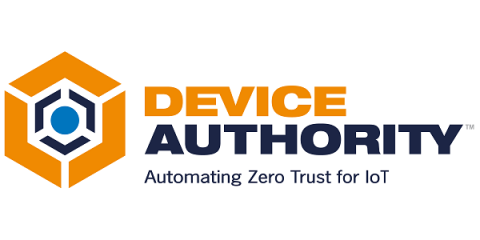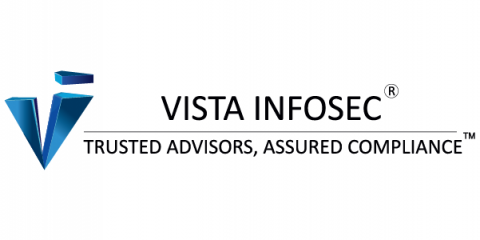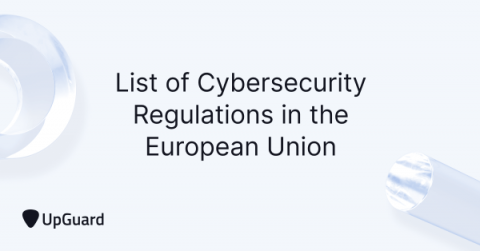Security | Threat Detection | Cyberattacks | DevSecOps | Compliance
Latest News
Complying with the Egypt Financial Cybersecurity Framework: What you Should Know
Which cybersecurity framework is the best one to use for an organization? This is one of the most frequently asked questions when embarking on the cybersecurity journey. Often, the answer falls quite unsatisfyingly along the explanatory lines about how there is no one-size-fits-all solution, and how there are advantages and disadvantages to each.
Supply chain security and Executive Order M-21-30
On September 14, the White House released Executive Order M-21-30, emphasizing and reminding us that there are NIST guidelines for securing any software being sold to the US Government. According to the Executive Order (EO), self-attestation is a requirement for software vendors or agencies and acts as a “conformance statement” outlined by the NIST Guidance.
The EU Cyber Resilience Act - Thinking Out Implementation
From TVs to watches, fridges, lightbulbs, or coffee machines, it seems everything needs to be connected now to be marketable. The Internet of Things (IoT) environment is growing in homes and workplaces, but it has established itself way ahead of regulation. IoT devices do not currently have to comply with any specific cybersecurity standards and malicious actors are already making use of these endpoints.
Insight Into The Strengthening America Cybersecurity Act
Is the EU Cyber Resilience Act Really Possible Without Zero Trust Automation?
In May 2021 President Joe Biden issued out Executive Order 14028. The order focused on “Improving the Nation’s Cybersecurity” to support and protect the nation’s critical infrastructure and Federal Government networks. This directly relates to the trustworthiness and transparency in ALL digital infrastructure – IT, OT, IoT, IIoT.
How Sumo Logic helps you comply with the CERT-In Directions 2022
GDPR Privacy Notice
GDPR Regulation is an international Data Privacy law that upholds the rights of citizens of the EU. It gives citizens more control over how their data is used in the organization. If your company handles the personal information of people in the EU, then they are expected to comply with GDPR. Like any other regulation, GDPR too requires an organization to abide by the rules and requirements outlined in the law.
List of Cybersecurity Regulations in the European Union
The rapid increase of cybersecurity challenges in recent years, such as growing ransomware attacks, has forced the US to devise new mandatory regulations. These requirements are aimed to help combat cybercrime by increasing organizations’ level of cybersecurity capabilities. Complying with these regulations is necessary to keep organizations accountable for their mandatory security posture.
How to write a GDPR Data Protection Policy? Free Template
Data privacy rules have never been crucial for organisations to follow until the General Data Protection Regulation (GDPR) enforcement. This blog is divided into two sections. The first section will discuss a general overview, definitions and common queries related to a data protection policy. The second section will explain how a business can write and operationalise a data protection policy.











